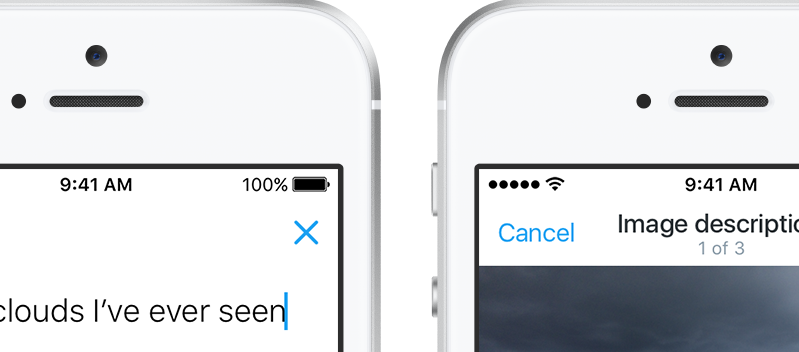Northern Irish rock band Snow Patrol released the hit song “Chasing Cars” in 2006, a year before the original iPhone was put on the market. Since then, a lot has changed.
Now, everybody has an iPhone and because of that, nobody has to chase cars – or buses.
Real-time text notifications can alert citizens as to when their bus is coming, when it is running late and what promotions or special schedules are currently in place for public transit.
“It gives people a little more sense of control than something that’s out of their control,” said Dave Etienne, Director of Marketing & Communications for the Southwest Ohio Regional Transit Authority and Cincinnati Metro. “There’s nothing worse than – as a bus rider myself – standing out there on the route wondering if the bus is going to come.”
Wednesday, Etienne spoke at GovLoop’s “Government CX Virtual Summit: Putting the Citizen First” about launching the Cincy EZAlerts service and what’s next for public transit in Cincinnati. Joining Etienne was Shawn Pillow, Director of Sales Enablement at Granicus – the digital communications partner that teamed up with Etienne to bring text and email alerts to Cincinnati public transit.
Before implementing text notifications, which users can customize with the Cincy EZAlerts service, Cincinnati Metro used Twitter to update users on routes. Etienne’s staff found that social media oversaturation was having adverse effects on citizen engagement, instead of providing valuable information. Not only would citizens fail to see alerts, lost in a crowded Twitter timeline, but Cincinnati Metro messaging would be indistinguishable from its service notifications.
Cincinnati has 357 bus routes, and citizens ride public transit 14 million times per year – with about half of the rides used for commuting. When a problem arises, it carries major impacts.
Having a wide reach offers Cincinnati Metro a tremendous opportunity to reach its base, however. Texts and emails offer more effective and direct messaging than tweets, and customization allows the city to track ridership patterns.
That same channel can then be used to send out promotions, such as free ride days, in addition to information.
With Cincy EZAlerts, there have been 40,000 recipients of text alerts and 311,000 recipients of email alerts.
“When there’s not any uncertainty in that situation, it improves somebody’s satisfaction,” Pillow said.
While users can self-select their preference between email and text using Cincy EZAlerts, there are sometimes clear situations when one of the two is more effective, Pillow said.
Traditionally, emails are better messaging vehicles for complex processes or information that doesn’t require immediate action. Emails can also be used when the information is not mobile-friendly.
Texts, however, should be used for simple processes that might prompt action, Pillow said. Since 90 percent of text messages are read within three minutes, immediacy is better transmitted in texts.
“Those messages that come in the moment are really valuable,” Pillow said.
It’s not just public transit. Governments across the United States are exploring how to directly engage with citizens using texts and emails. The Centers for Disease Control, for example, messaged U.S. tourists visiting foreign areas with high rates of the Zika virus to advise them on how to remain safe.
In King County, Washington, the county parks department promoted a system whereby visitors could text a number and receive a catalog of park and trail maps directly to their phones.
Meanwhile, back in Cincinnati, Etienne plans to expand the usage of text and email messaging.
“We’re just beginning to see the tip of the iceberg and beginning to explore what’s below for the future,” Etienne said.
Etienne offered several best practices for incorporating modern communication strategies into government.
- Field C-level support for initial investment and vision.
- Support and train staff to maximize program effectiveness.
- Set standards for success.
- Brand and promote the trial and use of services.
- Explore new sources of data and ways to it.
For more live virtual summits and trainings like this, click here.





Great Snow Patrol reference. It’s always awesome when a metaphor recommends solid music and works well as a description of something too!
Loved the Cincy and King County examples and hearing from Shawn and Dave directly. I think notifications take much more strategy to be useful and difficult to ignore, but there’s a ton of potential for how they can benefit CX and make everyone feel more informed and up-to-date. I wish every blog began with such a memorable opening!